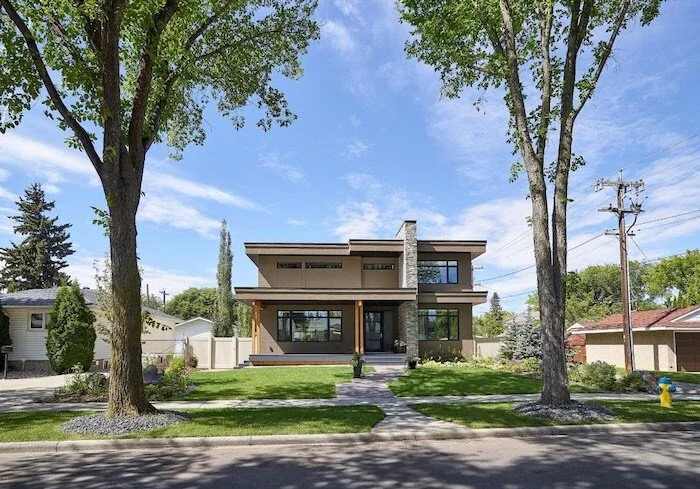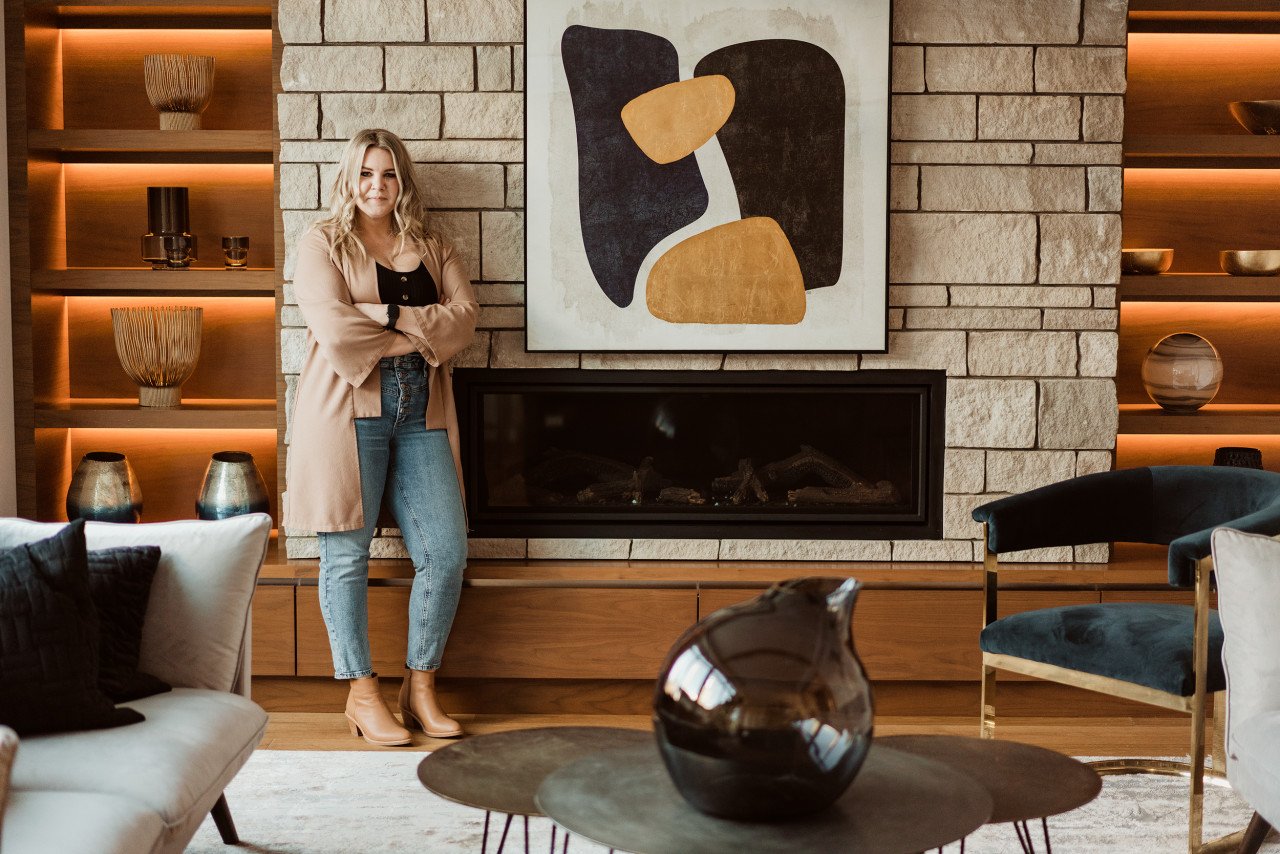Good Neighbour Best Practices for Infill
In the spirit of the Holiday Season, we would like to touch on a topic that is aligned with the values of Christmas. During a time when generosity and giving are at the forefront of people’s minds and priorities, we would like to take this opportunity to share our thoughts regarding the best practices of being a good neighbour in the context of an infill build. At Urbis, we strive to make a positive impact on the communities that we build in. Not only in the built form we are creating, but also in the experience for the neighbours and the communities in which we build. The following outlines our best practices when building in the context of a mature neighbourhood- read on to see how we communicate and handle relationships with the people who live in these communities.
Core Values We Consider in Every Project:
Respect - We form relationships based on a foundation of trust, honesty, and cooperation.
Inclusive - We allow stakeholders the opportunity to be engaged in matters that affect them, sharing information freely.
Timely - We communicate with stakeholders early, before and once a development permit has been approved.
Responsive - We respond as quickly as possible to stakeholder requests for information and always answer any questions that may arise.
Transparent - Being open and transparent in defining and communicating respective roles and responsibilities with stakeholders is very important to us.
Flexible - We adapt our communications approaches and methods to meet stakeholders needs; we’re always ready to accommodate unexpected situations.
When We Communicate:
Before the development permit is even issued, we introduce ourselves. This allows us to take control and communicate for ourselves. One of the first things we let them know is how often they can expect to hear from us about the project going forward (milestones, certain frequency, etc.) It’s also very important to let them know how they can contact us in between if they have any questions or concerns.
What We Communicate:
Imagine a new build is going up next door to you. Think of some of the things you would want to ask the builder. Among other things, here is a list of what we typically find neighbours are most interested in:
- The construction schedule
- What ongoing inconveniences to expect
- How construction and other site-generated noise will be managed
- Traffic and construction vehicle activity and parking management
- How on and off-site safety and security will be addressed
- Sidewalks, alleys, streets, and laneway access for safe travel during construction
- Maintenance of public sidewalks and roadways regarding mud and snow
- Potential damage to their property
- How boulevard trees will be protected
- Person of contact
Image Source: https://www.edmonton.ca/transportation/on_your_streets/sidewalk-snow-removal.aspx
The key project milestones we make sure are shared with the community include: development permit, demolition, construction timing, and any major changes to timelines. Of course, these milestones are often modified based on the individual project. As well, we like to let people know that we will be removing snow, and cleaning up any dirt tracked from the site. And request we be contacted if this maintenance of the site or public area adjacent needs attention.
How We Communicate:
Initial contact:
- Door knocking/letter drop leaving contact information
When they reach out:
- Always ask how people want to communicate! Phone, text, email, etc.
Follow up:
- Individual communication with those who initially reached out
- Electronic newsletter to reach all neighbours
We also communicate with marketing signage- this isn’t required, but we feel like it is another way to foster transparency and trust with the community. We use plain language when communicating, making it easier for people to understand.
To keep it simple, we’re accessible – contact us any time. We are here to meet face to face to discuss any aspects of the infill project.
Image Source: https://tablerockhoa.org/2014/08/how-to-avoid-door-to-door-sales-scams/
Who We Communicate With:
Along with the direct neighbours, we also may be in communication with some other external parties.
Infill Compliance Team:
- The Infill Compliance Team is made up of two Community Standards Peace Officers, one Development Compliance Officer, and a clerk who assists with scheduling and prioritizing inspections and managing referrals. These employees are dedicated resources responsible for maintaining the Infill Compliance Program.
- In addition to the proactive monitoring of infill construction sites, the Infill Compliance Team investigates complaints or inquiries received through the City’s complaint process. Site inspections provide an opportunity for Administration to interact directly with participants (residents, neighbours, builders, developers, and subcontractors) in the construction process.
Image Source: https://www.cityofedmontoninfill.ca/about/news/post/stories-from-the-wintry-field
Community Leagues:
- Community leagues and their members are mainly interested in how the development will occur and how neighbours will be impacted during infill construction. They often get engaged during the development permitting process.
- While not normally required, we like to connect with the local community league and their members, because after all, we will be a “neighbour” in their community for the better part of a year! To be fully engaged with the community, we subscribe to the community league website/facebook page to be aware of any interests, needs or concerns that may affect development. It is also sometimes beneficial to purchase an associate membership to ensure we are always kept up to date.
How to Navigate Change
- We’ve found that being able to understand people's fears and anxieties helps us respond more effectively to any potential challenges.
- A good mindset is to always assume that neighbours are well-informed about their neighbourhood and what the infill process should be, but be prepared to help them understand. There is an underlying emotional reaction that people sometimes have to infill development at any scale. While these stereotypes aren’t reflected in our work, one of our goals is to change the perception by helping neighbours understand.
- In times of conflict, we may work with a neighbour to both defuse and work toward a mutually agreeable solution to address the point being made, while at the same time aiming to build a basis for future trust and a long term relationship.
Image Source: https://livemlc.com/tips-for-new-home-buyers/how-to-start-a-community-league-in-a-brand-new-neighbourhood/
To summarize- when in doubt, remember the acronym “P.E.A.C.E”.
Professional (manage our emotions even when others aren’t managing theirs)
Empathy (see their perspective, express understanding, stay out of judgement)
Ask why?
Communication Principles
Empathy (again!)
At Urbis, we pride ourselves on being a positive presence in the communities we build in and after reading this blog we hope you can see how! While it may seem like a lot, it all comes down to communication, honesty and understanding. Always having these principles top of mind is how we can create such great relationships with neighbours and ensure everyone has a positive experience!



















